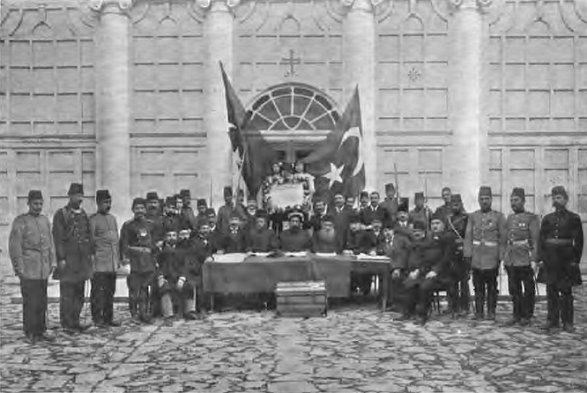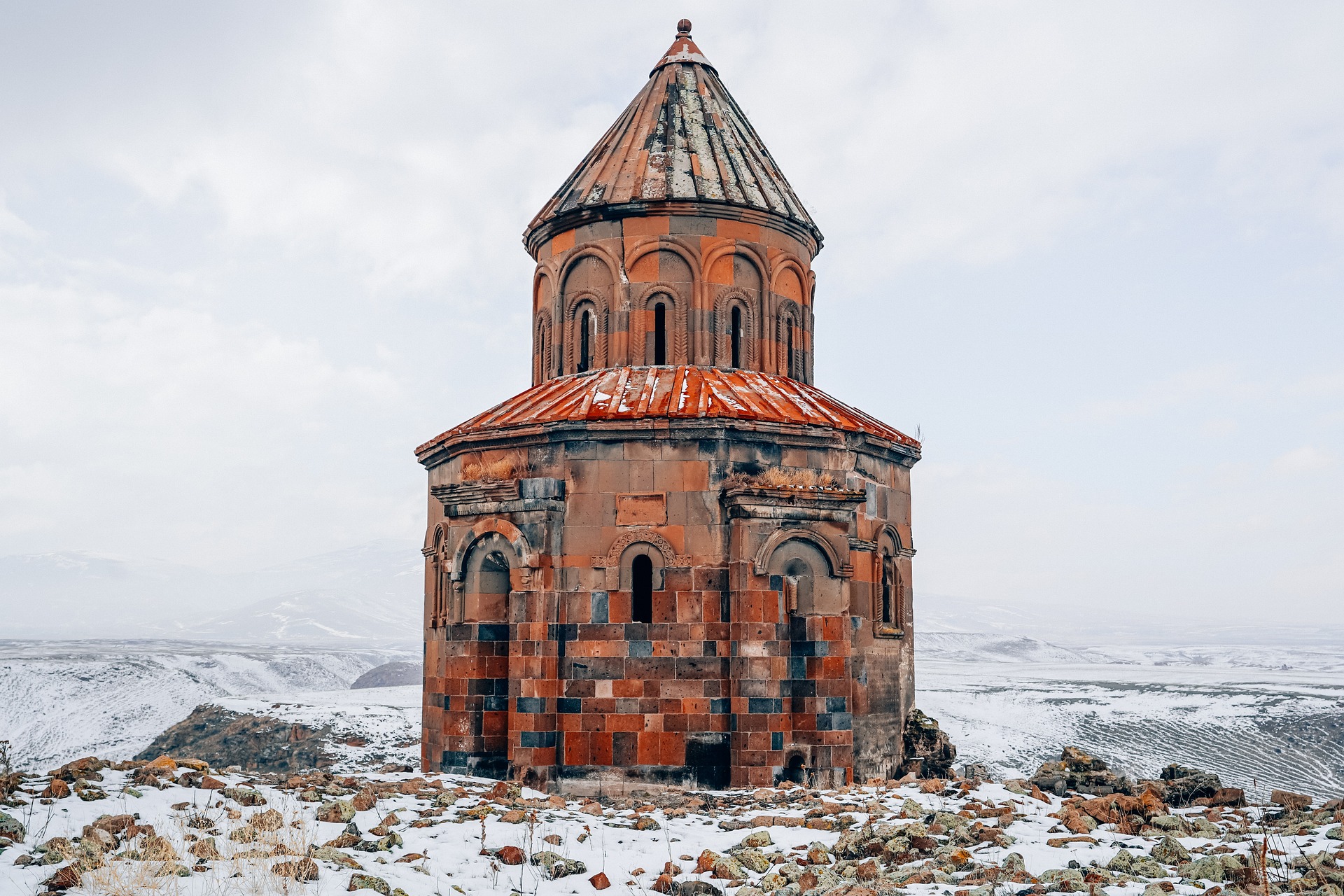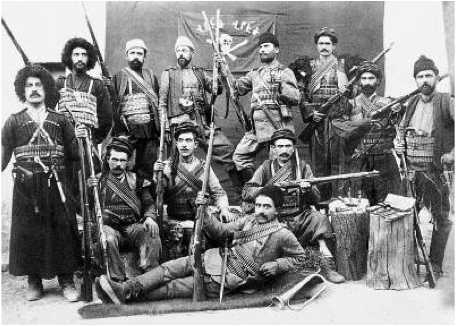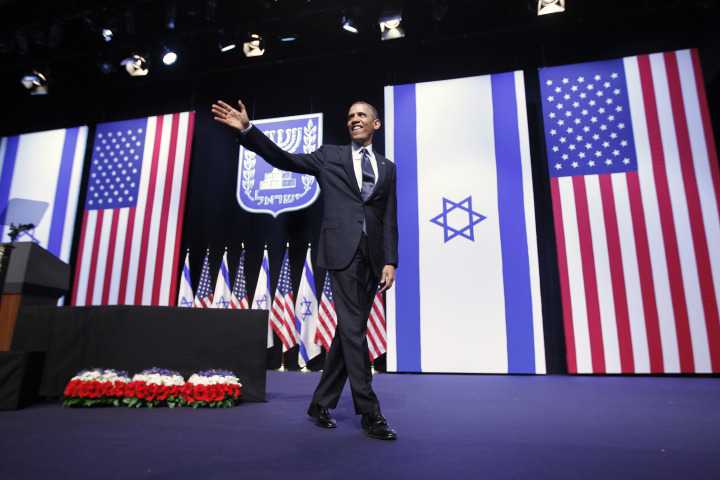A team of Turkish security officials will reportedly travel to Yerevan this weekend to discuss security measures that would be put in place in the event of President Abdullah Gul’s historic visit to Armenia.
President Serzh Sarkisian, meanwhile, has again expressed hope that Gul will accept his invitation to arrive in the Armenian capital and watch with him the first-ever game between Armenia’s and Turkey’s national football teams scheduled for September 6.
Gul said in televised remarks late Wednesday that he is “still considering” the invitation. “What is important is whether such a visit will be useful or not,” he said.
The Turkish daily “Zaman” reported on Thursday that the Turkish president’s security detail is already preparing for his possible trip and planning to send a “forward unit” of 15 bodyguards to Yerevan. It said they would discuss with their Armenian colleagues security measures in and around the city’s Hrazdan stadium where the qualifying match for the 2010 football World Cup in South Africa will be played.
“According to current plans, a group from the [Turkish] counterattack team, armed with M5 and M16 rifles, will be responsible for Gul’s security during the visit,” “Zaman” said.
Another leading Turkish newspaper, “Hurriyet,” said the Foreign Ministry in Ankara is trying to arrange the security team’s visit and is going to contact the Armenian government for that purpose. The paper said the Turks will either approach the Armenian embassy in Georgia or Armenia’s permanent representative at the Istanbul headquarters of the Black Sea Economic Cooperation organization.
A diplomatic source in Yerevan told RFE/RL that the Armenian side has not been contacted by Ankara as of late Thursday afternoon. Another Armenian source, who asked not to be identified, essentially confirmed the Turkish newspaper reports.
The invitation extended to Gul in June underscored a thaw in relations between the two estranged neighbors that followed Sarkisian’s victory in Armenia’s February 19 presidential election. The new Armenian president responded positively to Ankara’s offers of a “dialogue” on problems hampering the normalization of Turkish-Armenian ties. Senior diplomats from the two countries held confidential talks in Switzerland in early July.
In an interview with the Turkish daily “Radikal” made public on Thursday, Sarkisian stressed the importance of what would be the first-ever trip to Armenia by a Turkish president. “If I did not believe in the visit’s importance, I would not invite Mr. Gul in the first place,” he said. “We are neighbors. We went through difficult times in our history. But Armenia is prepared for a development of our relations and expects the same from Turkey.”
Sarkisian also stated that he and his Turkish counterpart “have reached the decision-making phase.” “Those will not be easy decisions,” he said. “Those decisions will not be approved by the entire publics in Armenia and Turkey. But I am sure the majority of the publics will support positive decisions.”
Sarkisian also indicated that Yerevan and Ankara can reconcile their conflicting proposals to set up commissions discussing issues of mutual concern. Turkish Prime Minister Recep Tayyip Erdogan suggested in 2005 that the two states form a commission of historians who would look into the 1915 Armenian massacres in the Ottoman Empire and jointly determine whether they consistuted a genocide. The Armenian government turned down the offer and came up with a counter-proposal to have this and other problems hampering a Turkish-Armenian rapprochement tackled by an inter-governmental body.
“The best solution is the establishment of diplomatic relations,” Sarkisian told “Radikal.” “That way we can form many subcommissions and groups within the framework of the commission to be set up by the governments.”
Sarkisian was also asked whether the Yerevan government shares territorial claims to Turkey voiced by some Armenian political groups. “I don’t remember a single Armenian official speaking about territorial claims,” he replied. “But I keep hearing about that from the opposite side.”
“If that was our official policy, then we would be called not the Republic of Armenia but the Republic of Eastern Armenia,” added the Armenian president.






